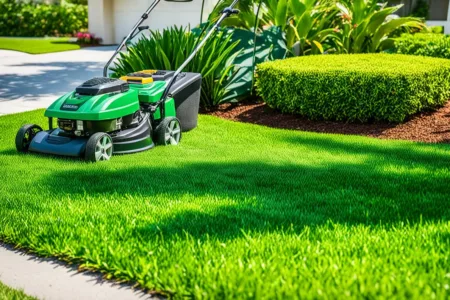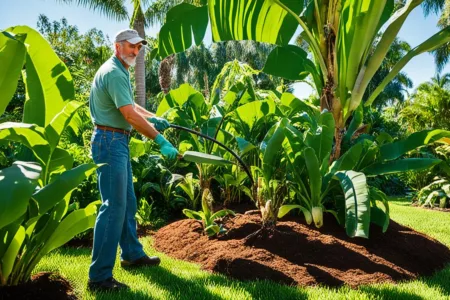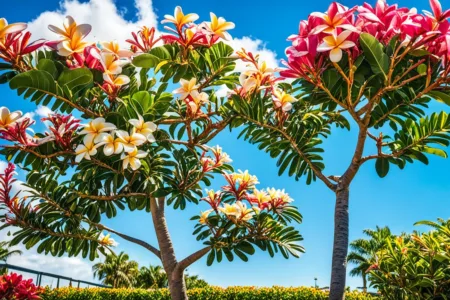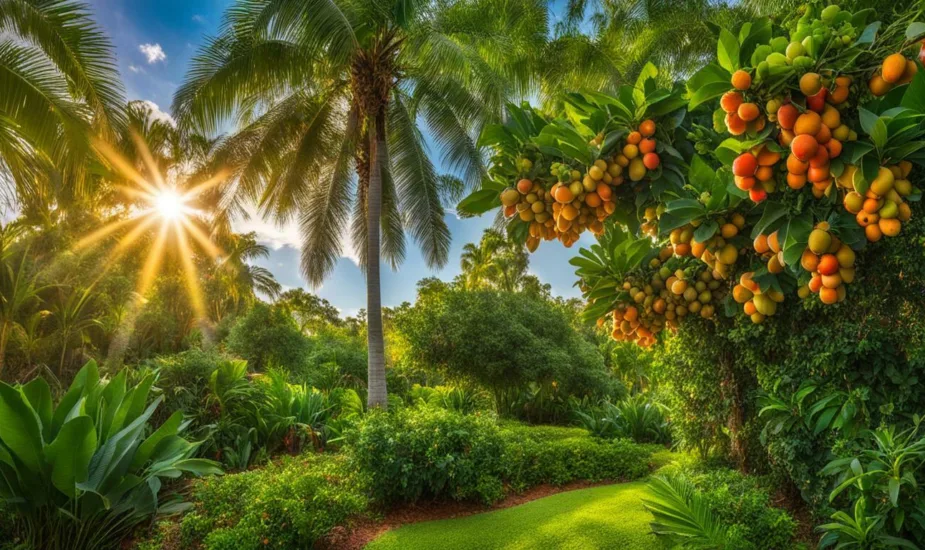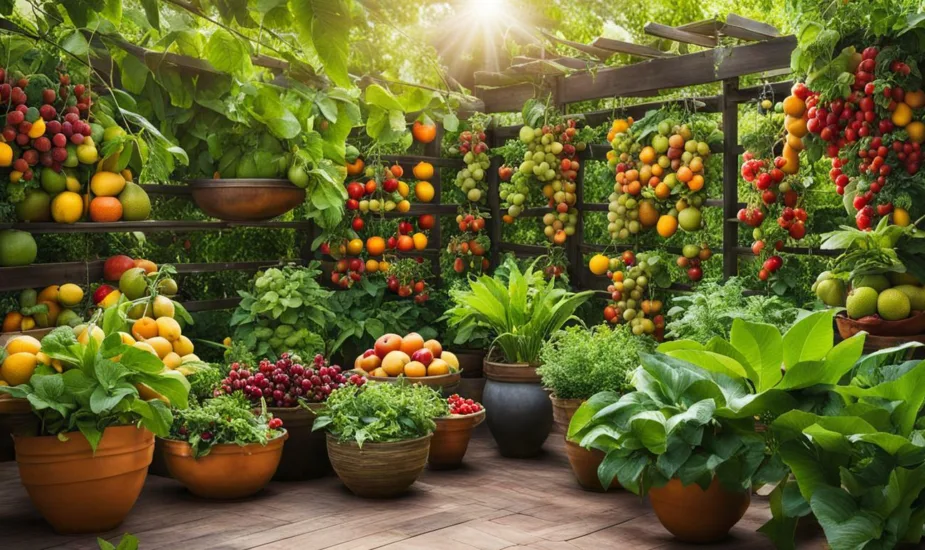Exploring the Joys of Bay Area Fruit Gardening
Bay Area Fruit Gardening not so hard thing if you know some secrets. In this comprehensive blog post, I will share expert tips and techniques for growing bountiful and delicious fruits right in your own backyard in the Bay Area.

Welcome to the lush world of Bay Area fruit gardening! If you’re anything like me, the thought of stepping out into your backyard to pluck ripe, juicy fruits straight from the vine fills you with a sense of delight. Living in the Bay Area offers a unique opportunity to cultivate a diverse range of fruits thanks to its mild climate and fertile soil. In this comprehensive guide, I’ll take you on a deeper journey through the essentials of fruit gardening in this vibrant region, sharing additional tips, insights, and personal anecdotes to enhance your gardening experience.
Why Bay Area Fruit Gardening?

The Bay Area’s Mediterranean climate is a boon for fruit gardening enthusiasts. With mild, wet winters and dry, warm summers, this region mimics the ideal conditions found in many fruit-growing regions around the world. The temperate climate, combined with rich, well-draining soil, creates a nurturing environment for a wide variety of fruit-bearing plants. Whether you’re dreaming of plump tomatoes, succulent strawberries, or luscious citrus fruits, the Bay Area provides the perfect backdrop for your gardening endeavors.
Choosing the Right Fruits

When planning your Bay Area fruit garden, selecting the right fruits is key to success. Fortunately, this region accommodates a wide array of fruit-bearing plants, allowing you to indulge in your favorite fruits while also experimenting with new varieties. Consider popular options like:
- Citrus Trees: From oranges to lemons and everything in between, citrus trees thrive in the Bay Area’s temperate climate. Meyer lemons, in particular, are well-suited to backyard gardens and can be grown in containers for those with limited space.
- Stone Fruits: Cherries, peaches, apricots, and plums flourish in the region’s mild winters and hot summers. Choose varieties adapted to the Bay Area’s climate, such as Santa Rosa plums and Flavor King pluots.
- Berries: Strawberries, blueberries, raspberries, and blackberries add color and flavor to your garden while requiring minimal maintenance. Consider planting a mix of everbearing and June-bearing strawberries for a continuous harvest throughout the growing season.
- Apples and Pears: While apples and pears may not be native to the Bay Area, many varieties are well-suited to the region’s climate. Look for disease-resistant cultivars like Liberty apples and Warren pears for reliable harvests with minimal intervention.
Cultivating Your Garden

Now that you’ve selected your fruits, it’s time to get your hands dirty! Cultivating a thriving fruit garden requires careful planning, regular maintenance, and a touch of patience. Here are some additional tips to help you along the way:
- Choose the Right Location: While most fruit-bearing plants require full sun, some varieties, such as strawberries and blueberries, can tolerate partial shade. Consider the unique sunlight and microclimate conditions in your garden when selecting planting locations for optimal growth and productivity.
- Prepare the Soil: Soil preparation is essential for establishing healthy root systems and promoting vigorous growth. Conduct a soil test to assess nutrient levels and pH, and amend the soil as needed with organic matter, such as compost, aged manure, or peat moss, to improve soil structure and fertility.
- Select Disease-Resistant Varieties: When choosing fruit tree varieties, prioritize those with natural resistance to common diseases and pests prevalent in the Bay Area. Disease-resistant cultivars not only require fewer chemical interventions but also offer greater resilience to environmental stressors, resulting in healthier, more productive plants.
- Practice Mulching: Mulching helps conserve soil moisture, suppress weeds, and regulate soil temperature, creating a more hospitable environment for fruit plants. Apply a layer of organic mulch, such as wood chips, straw, or shredded leaves, around the base of fruit trees and shrubs, taking care to leave a small gap between the mulch and the trunk to prevent moisture-related issues.
- Encourage Beneficial Insects: Beneficial insects, such as ladybugs, lacewings, and parasitic wasps, play a crucial role in natural pest control by preying on common garden pests like aphids, caterpillars, and mites. Attract beneficial insects to your garden by planting a diverse range of flowering plants, providing habitat structures, such as insect hotels, and avoiding the use of broad-spectrum pesticides harmful to non-target organisms.
Pest and Disease Management
Keeping pests and diseases at bay is an ongoing task for any fruit gardener. While preventive measures and cultural practices are the foundation of effective pest and disease management, there may be times when additional interventions are necessary to protect your plants. Here are some additional strategies to consider:
- Regular Monitoring: In addition to routine inspections, consider installing pheromone traps, sticky traps, or monitoring devices to detect early signs of pest activity and disease outbreaks before they escalate.
- Biological Controls: Introduce natural enemies of common pests, such as predatory insects, parasitic nematodes, or microbial insecticides, to help suppress pest populations and prevent damage to your fruit plants.
- Organic Remedies: Explore organic pest control options, such as insecticidal soaps, neem oil, diatomaceous earth, and botanical extracts, which offer effective, low-toxicity alternatives to conventional chemical pesticides.
- Cultural Practices: Implement cultural practices that promote plant health and resilience, such as proper pruning, adequate spacing, and optimal irrigation, to minimize stress and susceptibility to pests and diseases.
Enjoying the Fruits of Your Labor

As the seasons change and your fruit garden bursts into life, take time to savor the fruits of your labor. Whether you’re harvesting a bumper crop of strawberries or enjoying the scent of freshly picked peaches, there’s nothing quite like the satisfaction of growing your own food. Here are some additional tips for making the most of your harvest:
- Harvest at Peak Ripeness: Most fruits are best enjoyed when picked at peak ripeness, characterized by vibrant color, fragrant aroma, and slightly soft texture. Harvest fruits gently by hand, taking care to avoid bruising or damaging the delicate skin.
- Preserve Excess Harvest: If you find yourself with an abundance of ripe fruit, consider preserving it through various methods, such as canning, freezing, drying, or making jams, jellies, and fruit syrups. Preserved fruits not only extend the shelf life of your harvest but also allow you to enjoy your favorite flavors year-round.
- Share the Bounty: Share the bounty of your fruit garden with friends, family, and neighbors, spreading joy and fostering a sense of community through the gift of fresh, homegrown produce. Consider hosting a fruit exchange or participating in local food-sharing initiatives to connect with fellow gardeners and food enthusiasts in your area.
Frequently Asked Questions (FAQ)
When is the best time to plant fruit trees in the Bay Area?
Fall and early winter are ideal for planting fruit trees in the Bay Area, allowing them to establish roots before the onset of spring.
How often should I water my fruit garden?
Watering frequency depends on factors such as soil type, weather conditions, and plant species. Generally, aim to provide 1-2 inches of water per week, adjusting as needed based on rainfall and soil moisture levels.
What are some common pests and diseases to watch out for in Bay Area fruit gardens?
Common pests include aphids, caterpillars, and fruit flies, while diseases such as powdery mildew and brown rot can affect fruit trees. Regular monitoring and proactive management are essential for preventing infestations.
Can I grow tropical fruits like mangoes or bananas in the Bay Area?
While the Bay Area’s climate is generally well-suited to a variety of fruits, tropical fruits like mangoes and bananas require warmer temperatures than typically found in the region.
How can I encourage pollination in my fruit garden?
Attract pollinators such as bees and butterflies by planting native flowers and avoiding the use of pesticides harmful to beneficial insects. Additionally, consider hand-pollinating fruit tree blossoms if natural pollination is limited.
What are some space-saving techniques for small Bay Area gardens?
Espaliering fruit trees against walls or fences, growing dwarf varieties, and utilizing vertical gardening techniques such as trellises or hanging baskets are excellent options for maximizing space in compact gardens.
How long does it take for fruit trees to bear fruit?
The time it takes for fruit trees to bear fruit varies depending on the type of fruit and the tree’s age at planting. In general, most fruit trees will begin producing fruit within 2-5 years after planting.
What should I do with excess fruit from my garden?
Share your bounty with friends, family, and neighbors, or consider preserving excess fruit through canning, freezing, or making jams and preserves.
Are there any organic fertilizers suitable for fruit gardening in the Bay Area?
Yes, organic fertilizers such as compost, aged manure, and fish emulsion are excellent choices for providing nutrients to fruit plants without synthetic chemicals.
How can I extend the harvest season for my fruit garden?
Planting a variety of fruit species with staggered ripening times, practicing succession planting, and providing appropriate care and maintenance can help extend the harvest season, allowing you to enjoy fresh fruit for longer periods.
Conclusion
Embarking on a journey into Bay Area fruit gardening is a rewarding endeavor that connects you with nature’s bounty while fostering a sense of self-sufficiency and sustainability. By following the tips outlined in this comprehensive guide and embracing the joys and challenges of fruit cultivation, you’ll soon be enjoying a fruitful harvest right in your own backyard. Happy gardening!
 Little Garden Tips
Little Garden Tips

